 Creative Commons Attribution 3.0 IGO license (CC BY 3.0 IGO)
Creative Commons Attribution 3.0 IGO license (CC BY 3.0 IGO)2017 Asian Development Bank
6 ADB Avenue, Mandaluyong City, 1550 Metro Manila, Philippines
Tel +63 2 632 4444; Fax +63 2 636 2444
www.adb.org
Some rights reserved. Published in 2017.
ISBN 978-92-9261-026-5 (print), 978-92-9261-027-2 (electronic)
ISSN 2521-6066 (Print), 2521-6074 (e-ISSN)
Publication Stock No. TCS179143-2
DOI: http://dx.doi.org/10.22617/TCS179143-2
This edition of the Monitor was prepared by Ananya Basu, Robert Boumphrey, Prince Cruz, Noel Del Castillo, David Freedman, Rommel Rabanal, Shiu Raj Singh, Cara Tinio, and Laisiasa Tora of the Pacific Department. Publishing production assistance was provided by Cecil Caparas.
The views expressed in this publication are those of the authors and do not necessarily reflect the views and policies of the Asian Development Bank (ADB) or its Board of Governors or the governments they represent.
ADB does not guarantee the accuracy of the data included in this publication and accepts no responsibility for any consequence of their use. The mention of specific companies or products of manufacturers does not imply that they are endorsed or recommended by ADB in preference to others of a similar nature that are not mentioned.
By making any designation of or reference to a particular territory or geographic area, or by using the term country in this document, ADB does not intend to make any judgments as to the legal or other status of any territory or area.
This work is available under the Creative Commons Attribution 3.0 IGO license (CC BY 3.0 IGO) https://creativecommons.org/licenses/by/3.0/igo/. By using the content of this publication, you agree to be bound by the terms of this license. For attribution, translations, adaptations, and permissions, please read the provisions and terms of use at https://www.adb.org/terms-use#openaccess
This CC license does not apply to non-ADB copyright materials in this publication. If the material is attributed to another source, please contact the copyright owner or publisher of that source for permission to reproduce it. ADB cannot be held liable for any claims that arise as a result of your use of the material.
Please contact pubsmarketing@adb.org if you have questions or comments with respect to content, or if you wish to obtain copyright permission for your intended use that does not fall within these terms, or for permission to use the ADB logo.
Notes:
In this publication, $ refers to US dollars.
ADB recognizes Timor as Timor-Leste. Corrigenda to ADB publications may be found at http://www.adb.org/publications/corrigenda
Highlights
Recent global economic gains dampened by looming risks. With better-than-expected momentum in the first half of 2017, higher world economic growth is now projected for the full year and in 2018. However, medium-term risks such as tighter monetary policy, inward-looking policies, and persistently low inflation in advanced economies persist.
Climate change adaptation and disaster risk management. Despite its relatively low contribution to the causes of climate change, the Pacific is particularly vulnerable to its effects and is stepping up eff orts to adapt to more extreme weather conditions and mitigate disaster risk. These include integrating climate change and disaster risk concerns into national planning and policies, climate-proofing infrastructure, and building financial resilience.
Expanding climate finance. Financial resilience is a key component to climate change response. A range of options, most recently disaster-contingent lines of credit and sovereign or regional insurance schemes, can be tapped to help Pacific economies recover from climate change impacts.
This issue of the Pacific Economic Monitor is dedicated to the memory of Malie Lototele, senior economics officer in ADBs Pacific Subregional Office, who sadly passed away on 9 November 2017. Malie was a longtime member of the Pacific Economic Monitor team and his contributions will be greatly missed. The team sends our deepest condolences to his family and friends. Tofa, Malie.
Sources:
Australian Bureau of Meteorology and CSIRO. 2011. Climate Change in the Pacific: Scientific Assessment and New Research. Volume 1: Regional Overview.
Pacific Community. 2016. Framework for Resilient Development in the Pacific, 20172030.
FSM = Federated States of Micronesia, GDP = gross domestic product, p = projection, RMI = Republic of the Marshall Islands.
Notes: Projections are as of December 2017 and refer to fiscal years. Regional averages of GDP growth and inflation are computed using weights derived from levels of gross national income in current US dollars following the World Bank Atlas method. Averages for Pacific islands exclude Papua New Guinea and Timor-Leste. Timor-Lestes GDP is exclusive of the offshore petroleum industry.
Source: ADB estimates.
Notes
This Monitor uses year-on-year (y-o-y) percentage changes to reduce the impact of seasonality, and 3-month moving averages (m.a.) to reduce the impact of volatility in monthly data.
Fiscal years end on 30 June for the Cook Islands, Nauru, Samoa, and Tonga; 31 July for Fiji (starting 2017); 30 September in the Republic of the Marshall Islands, the Federated States of Micronesia, and Palau; and 31 December elsewhere.
The Economic Setting
International and regional developments
Medium-term risks cloud better-than-expected short-term gains
Stronger growth in many advanced economies as well as in developing economies led to better-than-expected momentum in the first half of 2017. World output is now projected to rise to 3.6% in 2017 and 3.7% in 2018, both higher by 0.1 percentage points relative to July figures. Yet recovery remains weak in many countries and medium-term risks to growth, such as tighter monetary policy, inward-looking policies, and persistently low inflation in advanced economies, among others, continue to cast a shadow over the global economy.


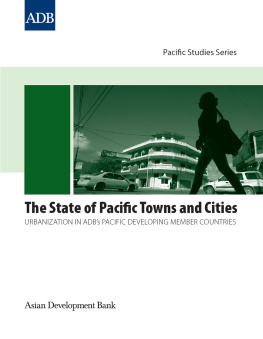

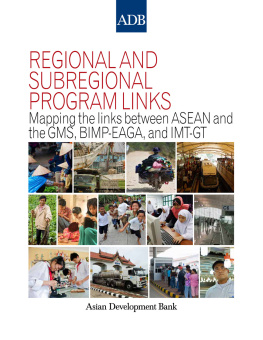
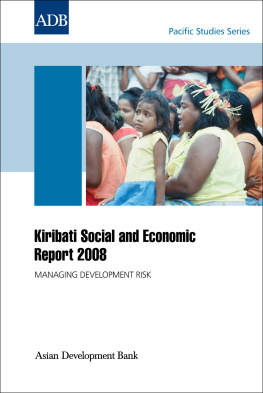
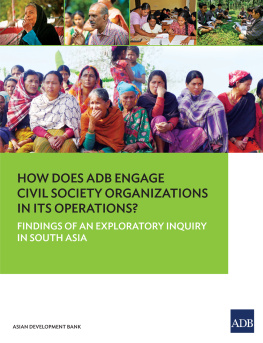
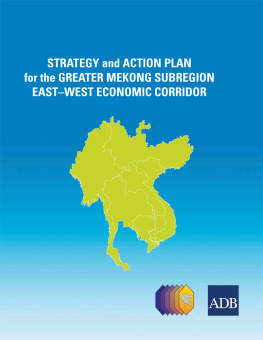
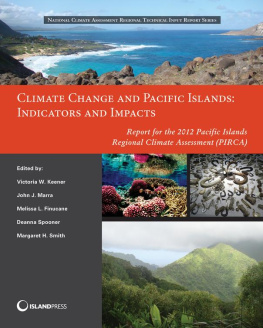

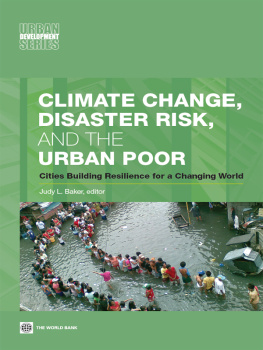
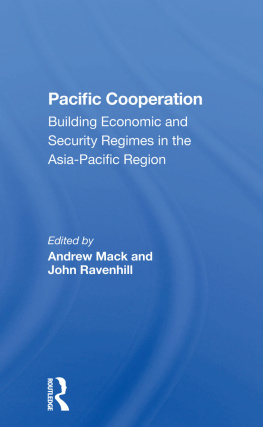
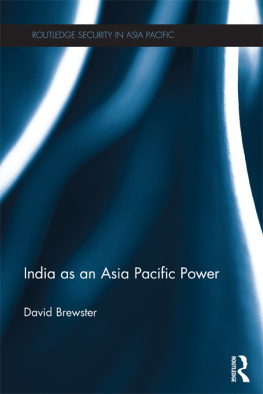

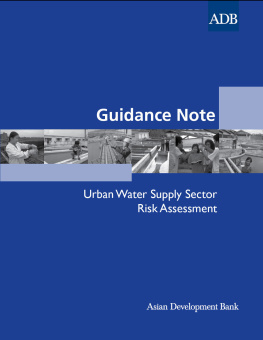

 Creative Commons Attribution 3.0 IGO license (CC BY 3.0 IGO)
Creative Commons Attribution 3.0 IGO license (CC BY 3.0 IGO)
